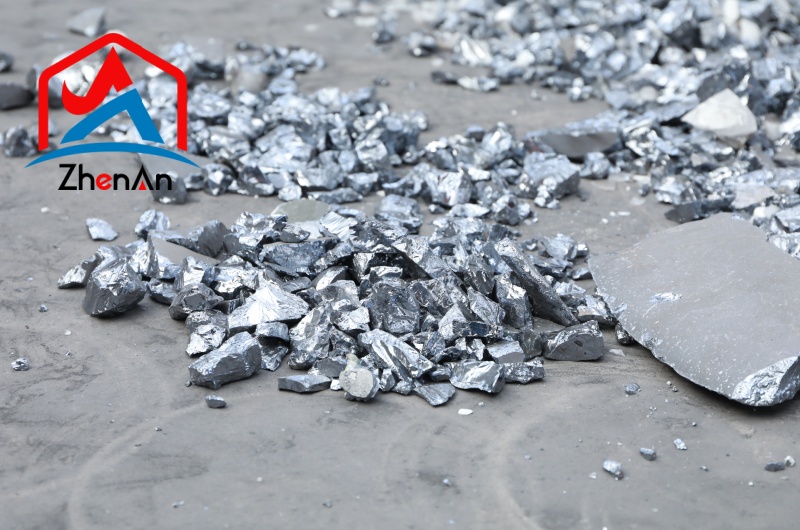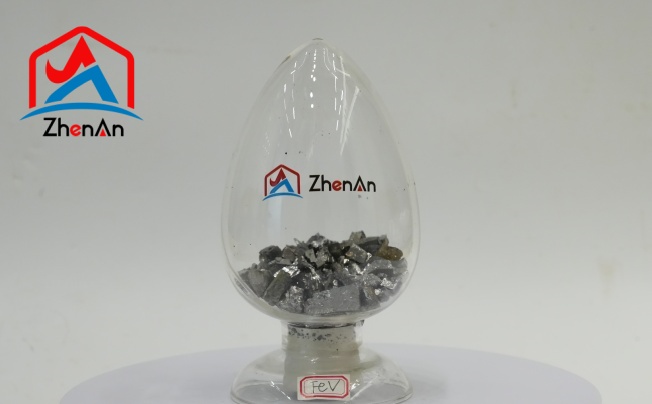BY  GENN
GENN
2024/12
Blog
Are Vanadium Batteries The Future?
In a world driven by the urgent need for sustainable energy solutions, the spotlight is increasingly turning toward innovative technologies that can revolutionize the way we store and utilize power. Among these emerging technologies, vanadium batteries stand out as a promising contender in the realm of energy storage.
Unveiling the Mystery of Vanadium Batteries
Navigating the intricate world of energy storage, one encounters a captivating innovation known as vanadium batteries. Unlike conventional lithium-ion batteries that store energy in chemical form, vanadium batteries operate on a unique principle based on the redox flow technology. Within these batteries, vanadium ions in different oxidation states shuttle between two electrolyte tanks separated by a membrane.
During charging and discharging cycles, these ions flow back and forth, efficiently storing and releasing electrical energy. Compared to lithium-ion counterparts, vanadium batteries exhibit distinct advantages that set them apart in energy storage solutions.
The redox flow design allows for complete decoupling of power and capacity, enabling scalability without impacting performance. This feature ensures that vanadium batteries can maintain consistent output over an extended duration with minimal degradation—a crucial factor in applications requiring long-term reliability.
Redefining Energy Storage Paradigms: A Vanadium vs. Lithium-Ion Showdown
The comparison between vanadium and lithium-ion batteries unveils a fascinating interplay of strengths and weaknesses inherent to each technology.
While lithium-ion batteries boast higher energy densities suitable for portable electronics and electric vehicles, they face challenges related to safety, cycle life, and limited scalability for grid-scale applications. On the other hand, vanadium batteries shine in terms of safety due to their non-flammable electrolytes and robust chemical stability.
Moreover, the regenerative capacity of vanadium electrolytes allows for virtually unlimited cycling without degradation—a stark contrast to the gradual capacity fade experienced by lithium-ion cells over time. In terms of cost-effectiveness and environmental impact, vanadium’s abundance in nature provides a sustainable resource compared to cobalt or nickel used in lithium-ion chemistries. This distinction positions vanadium batteries as a promising contender poised to revolutionize the landscape of energy storage technologies.
Advantages of Vanadium Batteries
High Energy Density and Long Cycle Life
Vanadium batteries, also known as vanadium redox flow batteries (VRFBs), exhibit an impressive energy density that positions them favorably in the competitive landscape of energy storage technologies. This high energy density is crucial for applications where space and weight are significant considerations, such as grid-scale deployments or transportation systems. Unlike conventional batteries, which typically have a fixed capacity determined by their physical size, vanadium batteries can scale their capacity independently by increasing the amount of electrolyte used.
This unique feature not only enhances their energy output but also extends their operational life significantly. One of the standout characteristics of vanadium batteries is their exceptionally long cycle life, often surpassing 10,000 cycles without significant degradation in performance.
This longevity is attributed to their chemical makeup and design, which minimizes wear on components during charging and discharging processes. In practical terms, this means that users can expect reduced maintenance costs and less frequent replacements compared to other battery technologies like lithium-ion or lead-acid batteries.
Such durability makes vanadium batteries particularly appealing for applications requiring reliable performance over extended periods. Furthermore, the combination of high energy density and long cycle life allows for a more sustainable solution to energy storage challenges.
By maximizing efficiency and reducing waste through prolonged usage periods, vanadium batteries align with global efforts towards more environmentally friendly energy solutions. As society increasingly turns its focus toward renewable sources like wind and solar power—whose intermittency necessitates effective storage options—vanadium’s advantages become even more compelling in shaping a sustainable future.
Safety and Stability Compared to Other Battery Technologies
Safety is paramount when considering battery technology for widespread use. Vanadium batteries stand out in this regard due to their inherent safety features that mitigate risks associated with thermal runaway—a common concern with lithium-ion technology where overheating could lead to fires or explosions.
The liquid electrolyte used in vanadium flow batteries operates at ambient temperatures, which significantly reduces the risk associated with thermal management issues often encountered in solid-state alternatives. Moreover, the chemistry inside a vanadium battery allows it to be charged and discharged safely without significant risk of contamination or breakdown products that could compromise safety.
Since all electrochemical reactions occur within a closed-loop system using the same active material (vanadium), there is minimal chance for detrimental side reactions that can trigger hazards found in conventional batteries where materials decompose over time. This stability has made VRFBs particularly attractive for large-scale projects where safety assurance is critical.
Current Market Trends and Adoption Rates
An Overview of Current Market Size and Growth Projections for Vanadium Batteries
The market for vanadium batteries has been steadily growing in recent years, driven by the increasing demand for reliable energy storage solutions. This growth can be attributed to several factors, including the rising adoption of renewable energy sources such as solar and wind power, which require efficient energy storage systems to balance supply and demand.
This significant expansion is fueled by advancements in battery technology, improvements in manufacturing processes, and supportive government policies incentivizing the transition towards clean energy solutions. As more countries commit to reducing their carbon footprint and achieving sustainability goals, the demand for vanadium batteries is expected to surge across various sectors including residential, commercial, and industrial applications.
Challenges and Limitations
The Cost Dilemma: Vanadium Batteries vs. Competing Technologies
The cost of vanadium batteries has been a significant barrier to their widespread adoption, especially when compared to more established technologies such as lithium-ion batteries. One of the primary reasons for this higher cost is the price volatility of vanadium itself. Vanadium prices can fluctuate due to factors such as supply chain disruptions, geopolitical tensions, and market speculation. As a result, the overall cost of manufacturing vanadium batteries can be less predictable and potentially higher than that of other battery technologies. Furthermore, the complex production process involved in manufacturing vanadium batteries adds to their cost considerations. The extraction, purification, and processing of vanadium require specialized equipment and expertise, which can contribute to the overall expenses incurred in producing these batteries. Additionally, as with any emerging technology, economies of scale have not yet been fully realized in the production of vanadium batteries, leading to higher initial costs that can deter potential investors and buyers.












